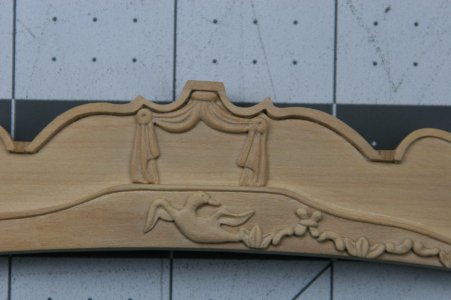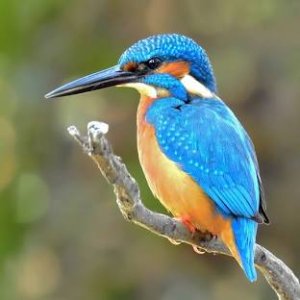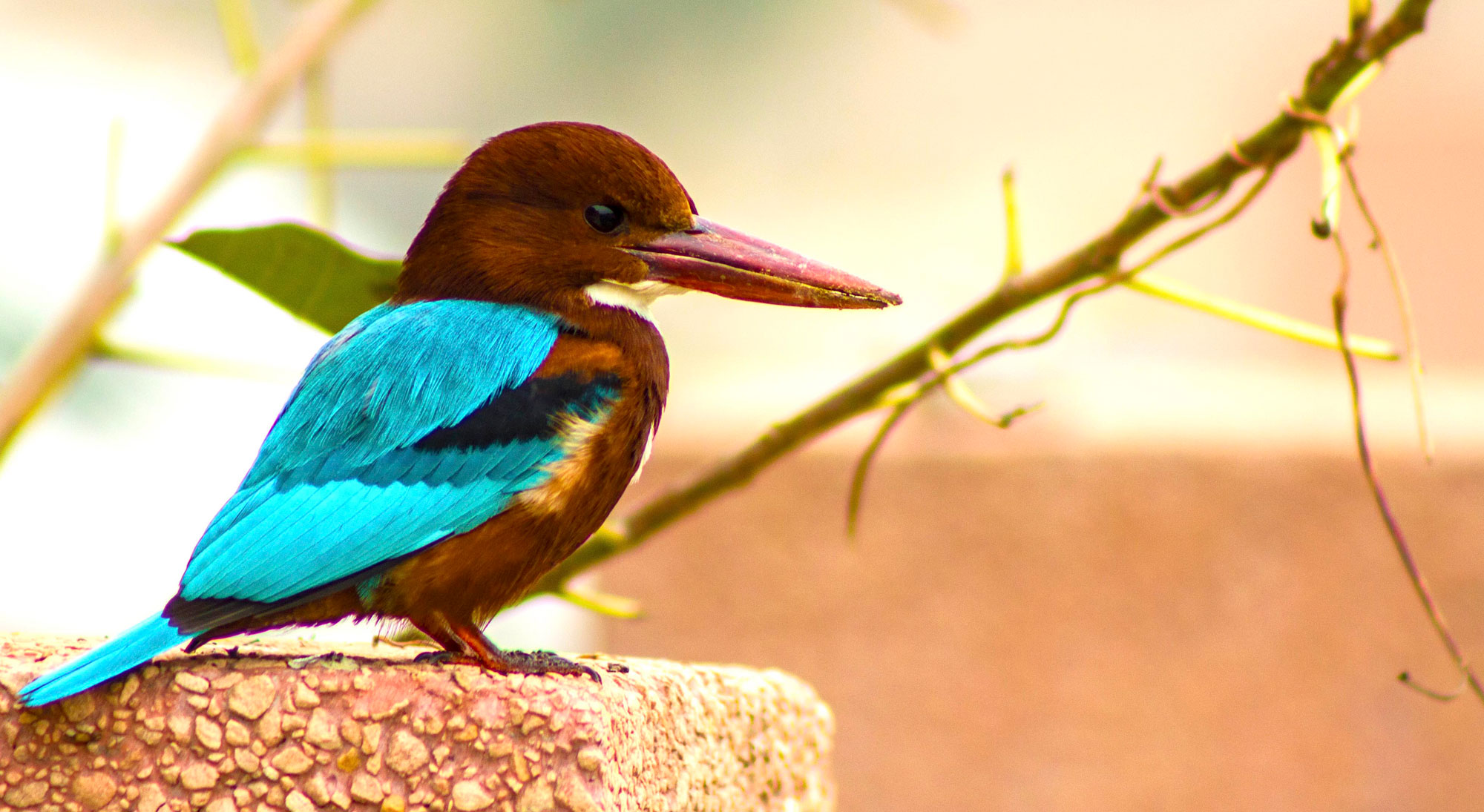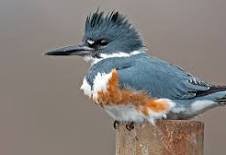Good evening Paul. Kudos on your first carving. I am in no position to comment as I do not have your fine art skills and carving will never be on my agenda. If your first attempt is this good, I am sure with a few more hours you will get to that Dockattner standard.Well, it's time for something new.
Ship modeling asks a lot of us: learning how to read plans, learning a new lexicon, working in wood / metal / textiles / plastic, working at drastically reduced scales... on and on it goes. In the case of the two models I have built/am building (Vasa and Kingfisher) there are also decorative elements (wood carvings). On the Vasa at 1:64 scale I was happy to use the metal castings and paint them in a color scheme I took from the 1:10 model at the Vasa Museum.
On the Kingfisher there are many fewer carvings (over-against the Vasa), but the swan class ships were still rather ornate given their small size and utilitarian function. I chose to try my hand at carving - others might choose 3D modeling with subsequent printing or CNC milling. I suspect with adequate training and experience the best results would come about with the 3D modeling approach. But working with my hands (not my computer) is the part of the hobby I am drawn to.
Anyway, this is my first attempt at wood carving. Of course, I searched far and wide on our forum (and elsewhere) trying to pick up whatever I could learn from others. Some prefer chisel/gouge carving, others prefer handpiece carving. Some use both. Notably (here on our forum) I found the work of @Maarten, @Ptèr, and @Steef66 to be quite helpful. Of course, Ivan has set the standard, but he only shows the finished result (when you have a museum dedicated to your work you get to do whatever you want). In addition, Bill Short has written an excellent tutorial on handpiece carving that I would commend to you (a link can be found with the advertiser's banners).
After a bit of practice on scrap pieces I took a shot at the decoration on the lower portion of the tafferel. It is a relief carving of a bird (presumably a Kingfisher bird) and some leaves and other swirly-gigs.
View attachment 507091
View attachment 507092
View attachment 507093
The current state of things under different lightings:
View attachment 507094
View attachment 507095
View attachment 507096
View attachment 507097
I'll need to get better...
But it was fun to work on this piece, so I think I keep at it for a while longer and see if I can learn this new skill.
Thanks for stopping by!
Hi Ron. If I ever had to present a carving plenty Novocaine would be requiredAnd Novocaine not required required

Cheers Grant













